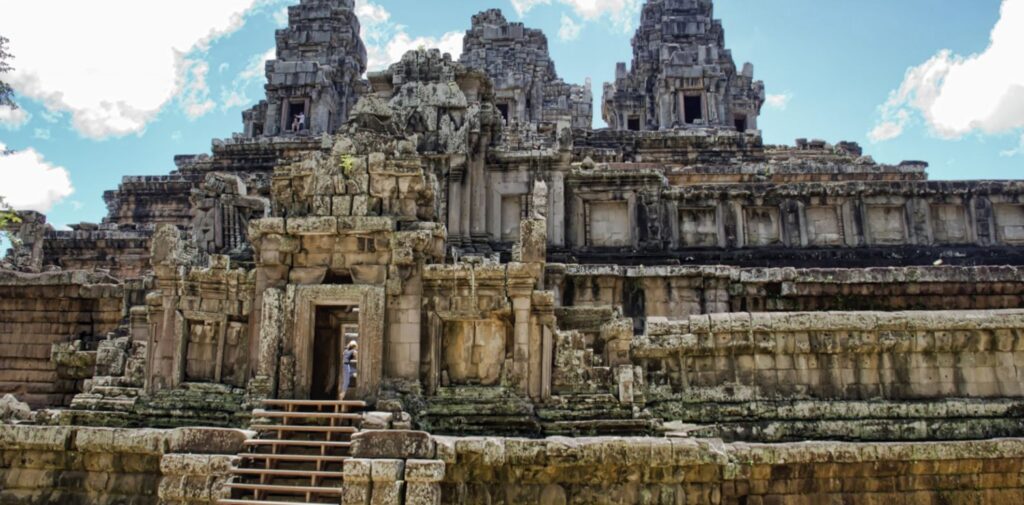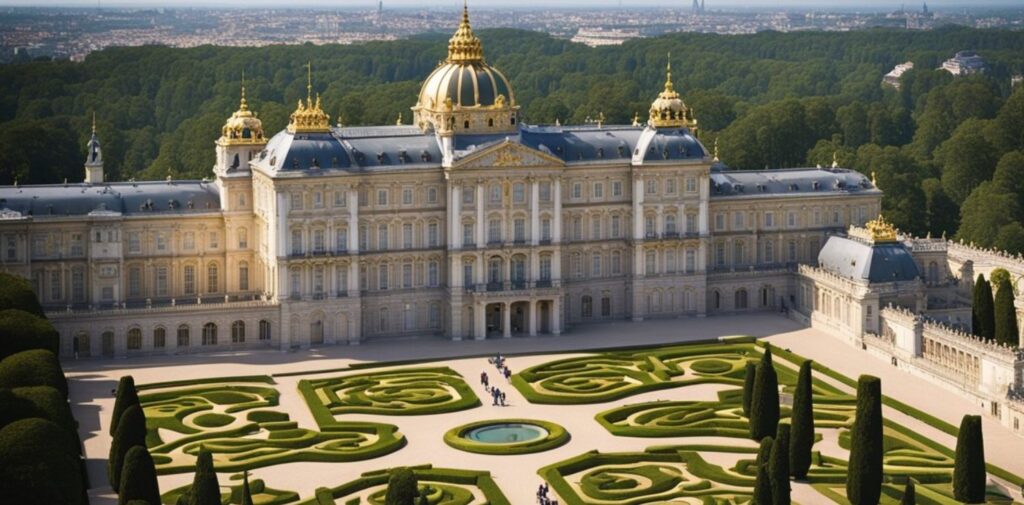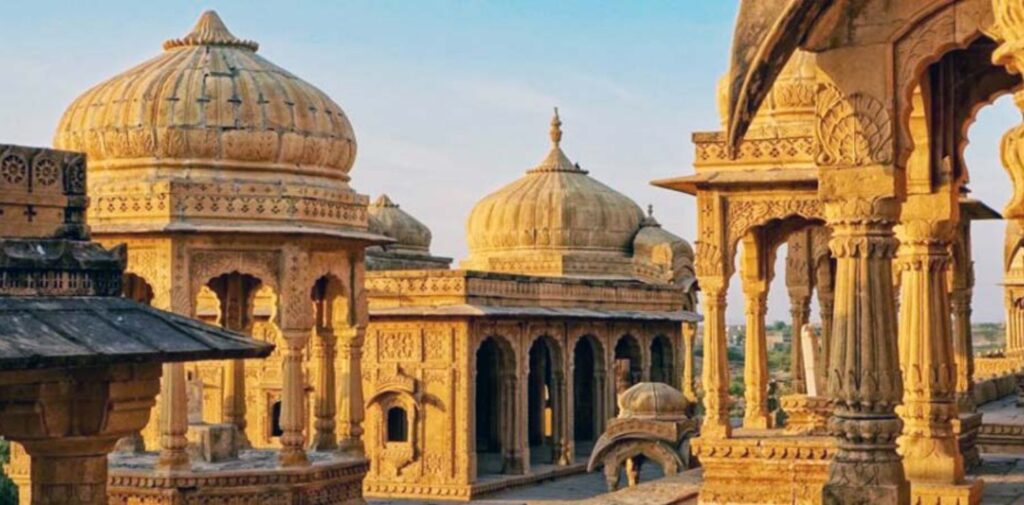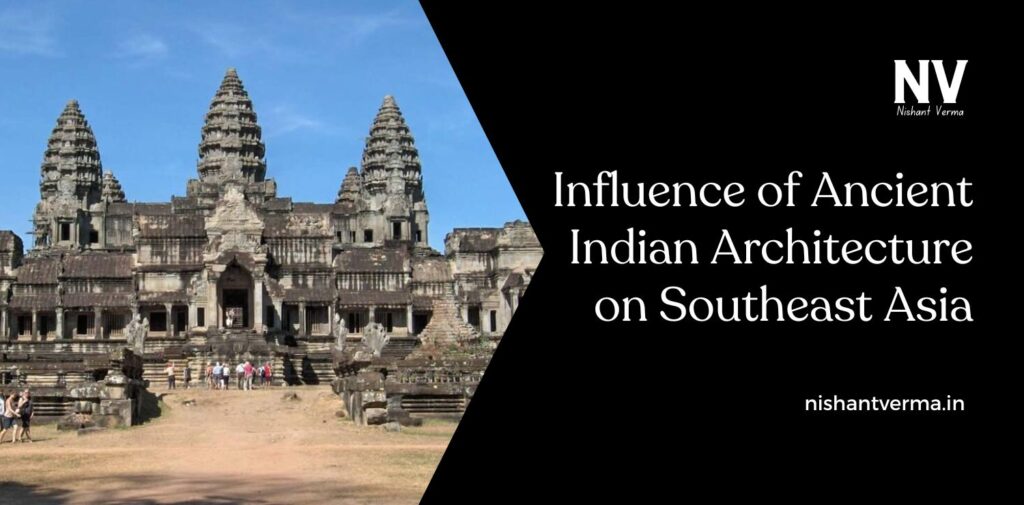India has always been a land of rich culture and amazing creativity. One of the most beautiful and lasting contributions India has made to the world is its architecture. Ancient Indian Architecture on Southeast Asia was not just about building big structures but also about creating beautiful temples, palaces, and sculptures. This amazing style of architecture did not stay in India alone – it spread far and wide. One of the places where Indian architecture had a great influence was Southeast Asia. Countries like Thailand, Cambodia, Vietnam, Indonesia, and Laos were deeply influenced by Indian architectural designs, styles, and ideas. Let’s take a journey and discover how the wonderful structures of ancient India influenced the buildings in Southeast Asia.
The Spread of Indian Ideas to Southeast Asia
Thousands of years ago, India was not only known for its culture, but it also had strong trading and cultural connections with countries in Southeast Asia. Indian traders, travelers, and scholars traveled across the seas, bringing with them not only goods but also ideas and knowledge. One of the most important things that they shared was the art of building temples and palaces.
Through sea routes, Indian influences spread to many Southeast Asian kingdoms. These ideas were adopted, adapted, and combined with local traditions, resulting in a unique blend of architecture. Indian culture, religion, and architecture became part of daily life in many Southeast Asian countries.

Indian Temples in Southeast Asia: The Heart of Influence
The most visible sign of India’s architectural influence in Southeast Asia is the temples. Indian architecture, especially the design of Hindu and Buddhist temples, left a huge mark on the region.
1. The Temple Design
Indian temples were known for their tall spires (called Shikharas in Hindu temples) and intricate carvings. This style was adopted in Southeast Asia, especially in Cambodia and Indonesia. The famous Angkor Wat temple in Cambodia is a great example. It is one of the largest religious monuments in the world and was originally built as a Hindu temple but later became a Buddhist temple. The temple’s design, with its central tower surrounded by smaller towers, is very similar to the design of Indian temples.
In Indonesia, the Borobudur Temple, built in the 9th century, is another example of Indian influence. It was built in the shape of a mountain, a design inspired by Indian architecture, which symbolized the link between heaven and earth.
2. The Influence of Hindu and Buddhist Architecture
India is the birthplace of Hinduism and Buddhism. Both religions played a major role in shaping the Ancient Indian Architecture on Southeast Asia . Hindu temples in India were designed to represent the universe, with the inner sanctum symbolizing the home of the gods. This concept was taken to Southeast Asia, where Hindu and Buddhist temples were designed similarly.
For example, the Prambanan Temple in Indonesia, dedicated to Hindu gods like Shiva, Vishnu, and Brahma, has tall and ornate spires, which reflect the same architectural style seen in Indian temples. The Angkor Wat temple in Cambodia, originally built for the Hindu god Vishnu, also shows Indian influences, from its square layout to the carvings that tell stories from Hindu mythology.
Sculptures and Carvings: The Art of Telling Stories
In addition to the buildings themselves, the sculptures and carvings that decorated Indian temples had a big impact on Southeast Asian art. Indian temples were often decorated with beautiful stone carvings that depicted gods, goddesses, and scenes from Hindu epics like the Ramayana and Mahabharata. These stories were shared in Southeast Asia, and artists began to carve similar scenes on temple walls.
In Cambodia, for example, the Angkor Wat temple is covered with bas-reliefs (carved images that stand out slightly from the surface) showing scenes from Hindu mythology. These bas-reliefs are similar to the ones found in Indian temples and tell stories of gods, kings, and heroes.
The carvings in Indonesia’s Borobudur Temple also show scenes from the life of Buddha, following the tradition of storytelling through art that was common in Indian architecture.

Influence on Royal Palaces and City Planning
The ideas from ancient Indian architecture didn’t only influence temples but also the design of royal palaces and cities in Southeast Asia. Indian cities were designed with careful planning, where important buildings like palaces and temples were arranged in a specific way. This style was adopted in places like Angkor in Cambodia and in the ancient Javanese city of Mataram in Indonesia.
In Cambodia, the Angkor Thom city, which was the capital of the Khmer Empire, was planned with similar ideas to Indian cities. It had a large central temple surrounded by walls and gates, a layout that was inspired by Indian cities like Pataliputra (the capital of the Maurya Empire in India).
In Indonesia, the royal palaces in places like Yogyakarta and Solo also followed Indian design principles, especially the use of open spaces, large courtyards, and gardens. This kind of planning made the cities and palaces not only beautiful but also practical and comfortable to live in.
Indian Influence on Southeast Asian Culture and Religion
Along with architecture, Indian culture and religion also greatly influenced Southeast Asia. Hinduism and Buddhism were brought to Southeast Asia by Indian scholars and traders. As the Indian religions spread, their beliefs, rituals, and deities became an important part of the culture in countries like Thailand, Cambodia, and Indonesia.
For example, in Thailand, the Sukhothai kingdom adopted many ideas from India, and this is reflected in their temples and sculptures. The famous Wat Phra That Doi Suthep temple in Thailand was inspired by the architecture of Indian temples.
Buddhism, which started in India, spread to many Southeast Asian countries, and it deeply influenced the architecture there. The design of Buddhist stupas, which are domed structures used to hold sacred relics, was inspired by Indian stupas like the Sanchi Stupa. The Shwedagon Pagoda in Myanmar and the Burmese pagodas are perfect examples of how Indian stupa design influenced Southeast Asia.

The Lasting Legacy of Indian Architecture in Southeast Asia
Today, the influence of Indian architecture can still be seen in the temples, palaces, and cities of Southeast Asia. The ancient buildings in places like Cambodia, Indonesia, and Thailand are a testament to the long-lasting impact of India’s architectural genius. The art of building beautiful and meaningful structures that tell stories about religion, culture, and the natural world has continued to shape the architecture of Southeast Asia.
Not only did Indian architecture inspire the design of temples and palaces, but it also created a lasting connection between the two regions. Indian cultural influences, including art, literature, and religion, have remained a part of Southeast Asian culture for centuries.
Conclusion – Ancient Indian Architecture on Southeast Asia
The influence of ancient Indian architecture on Southeast Asia is a wonderful example of how cultures can share ideas and create something beautiful together. The temples, palaces, and sculptures in Southeast Asia that were inspired by Indian architecture show how important India’s contributions to the world were – not just in terms of buildings but also in art, religion, and culture. The legacy of Indian architecture continues to live on in Southeast Asia, and these beautiful structures remind us of the deep connections that have existed between these regions for thousands of years.




